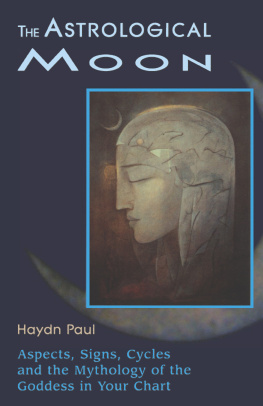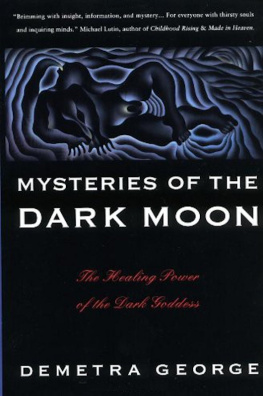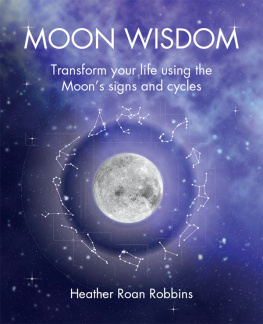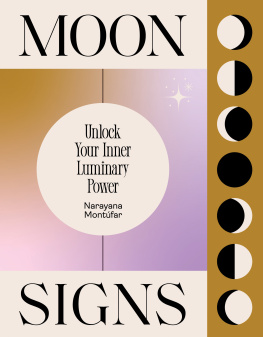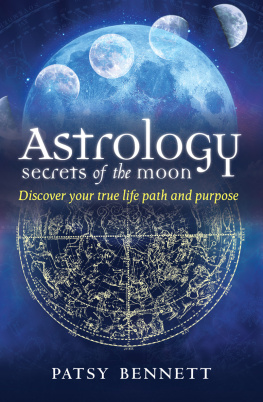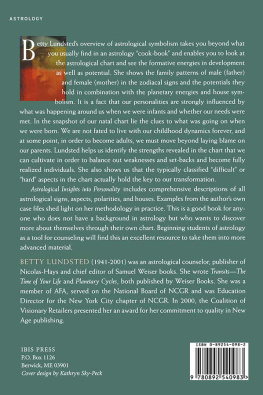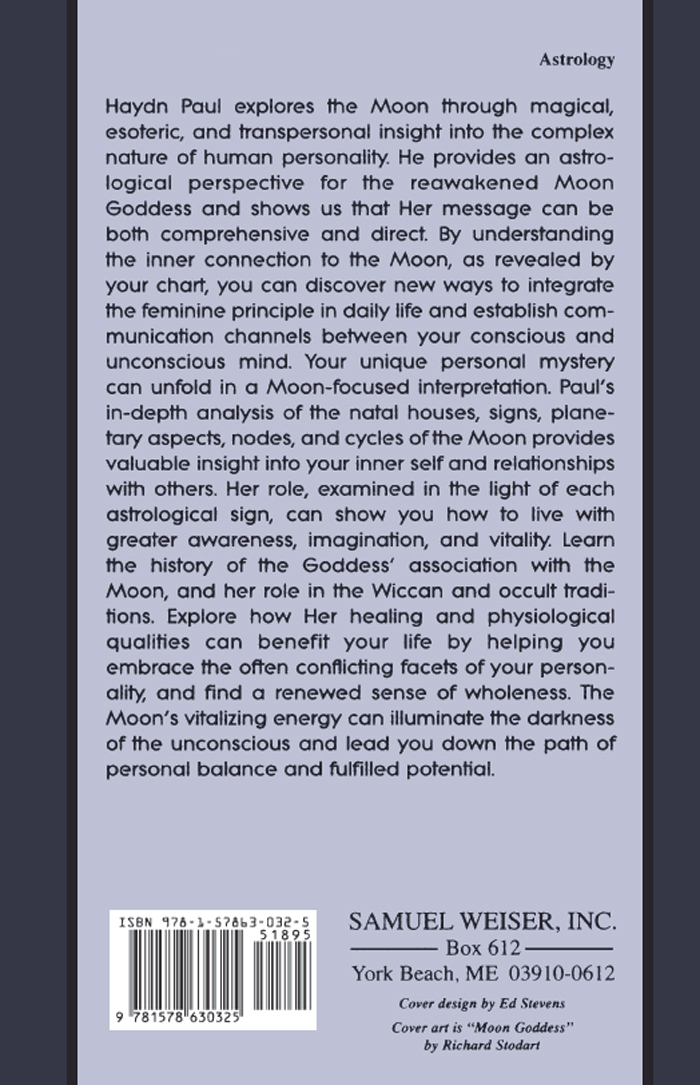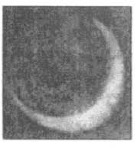 | APPENDIX A NOTE
ABOUT
EQUAL HOUSES |
The charts in this book have been prepared using the Equal House system. This was the method of chart division which I first encountered in astrology, when studying the approach favored by Margaret Hone and her Faculty of Astrological Studies. For over twenty years now, I have mainly used Equal Houses in the construction of natal charts.
However, I also understand that fewer American astrologers use this particular system, probably favoring Placidus, The choice of chart division will remain a contentious issue, and should be determined by each astrologer according to his or her own preference. We should not forget that each house system is a mind-creation, arbitrary in certain respects, and devised in accordance with varying perceptions and assumptions which may or may not have any scientific or mathematical validity. In fact, the whole concept of the natal chart is a mental construction, a structure and map founded on a belief system of planetary influences, utilizing astronomical data and time-space divisions in a convenient format of twelve houses.
In Howard Sasportas The Twelve Houses (p. 377) he states, Astrologers disagree with one another over many issues, but most frequently about the houses. But the fiercest battle raging over the houses is the question of which system should be used to divide them. Equal House is the most popular and oldest of the Ecliptic systems, recently promoted by Margaret Hone, Robert Pelletier and others. The beauty of this method is its simplicity. Proponents praise the way it clearly reflects the twelvefold division of the signs of the zodiac.
Robert Pelletier, in his Planets in Houses (p. 13-14) also argues in favor of Equal House: It seems superfluous to demand mathematical or astronomical precision of a frame of reference for houses that is purely symbolica comment applicable to other house division systems, too.
Dane Rudhyar, in his The Astrological Houses (p. 48-49) states: Astrology is a language. It uses symbols, and these symbols have to be decoded and interpreted. No system of interpretation is absolutely true no more than any theory of science, or any system of social morality is absolutely trueThus, if we believe in the validity of a house system and a particular zodiac, it is these we should use and use them as consistently as possible. We are familiar with them. We identify our mind processes and feeling responses with them. And, if we do this honestly and logically in terms of whatever situation we meet, or of whatever people demand of us, we will be successful. It will work.
In fact, Rudhyar did not favor using Equal Houses, yet his perception of astrology is extremely important to remember, and one to which I subscribe. Sasportas comments on the Placidus system that whatever its strengths and failings, more astrologers use the Placidus method than any other form of house division (The Twelve Houses, p. 382). Michael Meyer, in A Handbook for the Humanistic Astrologer (p. 122) holds the view that the Placidus system is of dubious worth for natal astrological work, because I consider the birth chart a space factor. It is, symbolically speaking, time frozen in space; the employment of a time based house-division system is, as I see it, incongruent.
If I process the two example charts I have used in this book (Prince Charles and Alan Watts) using both Equal and Placidus systems, the major differences in terms of the context of interpreting them only through a Moon and Nodes perspective are as follows:
| Prince Charles | Equal House Moon9th house; Placidus10th house;
Equal House North Node9th house; Placidus10th house; |
| Alan Watts | Equal House Moon9th house; Placidus8th house;
Equal House North Node3rd house; Placidus2nd house. |
It is interesting to considerin regard to the interpretations offered in this bookthat both variants are evocative and arguably relevant in each case, especially when viewed in the light of public information available about both men.
In the context of a fundamentally symbolic and interpretive astrological system, is there an actual right and wrong that exists? Does a majority using a particular system actually mean that approach is right or better? Or does the preference to be part of a larger crowd determine choice, on the assumption that the majority act in a certain way and therefore it must be right.
Astrology is a reality tunnel, a mindset, which we choose as our perception, a belief system adopted to help us understand life and gain self-knowledge. If Placidus, Koch, Campanus, Regiomontanus, Porphyry, Equal, Topocentric, or even more obscure systems can help an astrologer and client gain self-insight, then that system works and has validity, whichever is chosen.
ABOUT THE AUTHOR
Haydn Paul was born in November of 1952 (Scorpio Sun, Pisces Rising). He has been a consultant astrologer since 1978 and offers individual astrological interpretations through StarLore. He received esoteric spiritual training within Alice Bailey's Arcane School, and studied Qabalistic Magic through Servants of the Light. Since 1973, he has been involved with the New Age and human potential movement. He has been interviewed on numerous radio programs, and featured in national and regional newspapers.
Haydn Paul is also the author of Gate of Rebirth: Astrology, Regeneration and 8th House Mysteries (Weiser, 1993). His many other titles include: Phoenix Rising: Exploring the Astrological Pluto; Revolutionary Spirit: Exploring the Astrological Uranus; Visionary Dreamer: Exploring the Astrological Neptune; Lord of Light: Exploring the Astrological Sun; Your Star Child: An Astrological Guide for Every Parent. Numerous translated editions have been published in Brazil, Germany, Italy, and Spain.
He lives near Leicester in England, with his wife and two daughters.
BIBLIOGRAPHY
Arroyo, Stephen. Astrology, Karma and Transformation. Sebastapol, CA: CRCS, 1978.
Bailey, Alice A. The Rays and the Initiations. London: Lucis Press, 1972.
Blavatsky, H. P. The Secret Doctrine, vol. 1. Pasadena, CA: Theosophical University Press, 1970.
Busteed, M., R. Tiffany and D. Wergin. Phases of the Moon. Boston: Shambhala, 1974.
Fielding, Charles and Carr Collins. The Story of Dion Fortune. Dallas, TX: Star & Cross, 1985.
Furlong, Monica. Genuine Fake. London: Allen & Unwin, 1987.
The Gospel According to Thomas: Loptic Text Established and Translated, A. Guillaumont et al., trans. Leiden: E. J. Brill, 1959.
Greene, Liz. Relating. York Beach, ME: Samuel Weiser, 1977; London: Aquarian Press, 1978.
Harding, M. Esther. Woman's Mysteries. New York; HarperCollins, 1971; London: Rider, 1982.
Hartley, Christine. Western Mystery Tradition. London: Aquarian Press, 1968.
Knight, Gareth. Practical Guide to Qabalistic Symbolism, 2 vols. York Beach, ME: Samuel Weiser, 1978. Whitstable, England: Kahn & Averil, 1986.
Marks, Tracy. The Astrology of Self-Discovery. Sebastapol, CA: CRCS, 1985.
Meyer, Michael. A Handbook for the Humanistic Astrologer. New York: Anchor, 1974.
Oken, Alan. As Above, So Below. New York: Bantam, 1973.
Paul, Haydn. Visionary Dreamer, Exploring the Astrological Neptune. Shaftesbury, England: Element, 1989.

